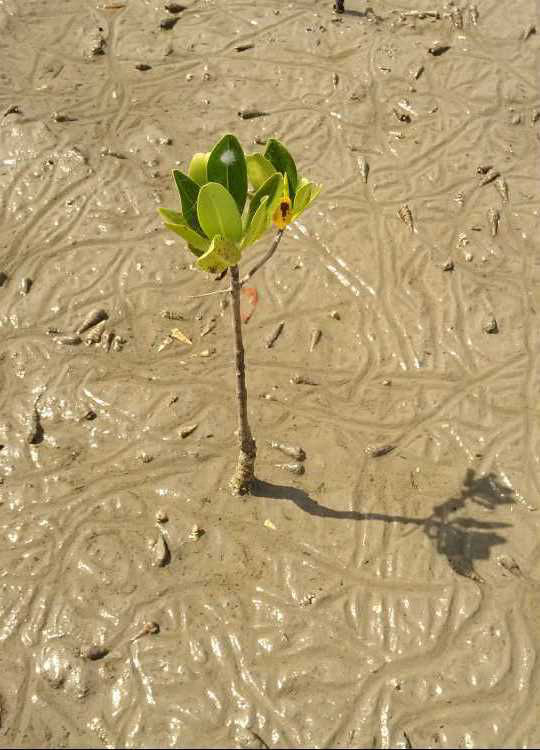ID: MR3-WYG
ID: MR3-WYG
Mangrove
Rhizophora mangle
Photo
Senegal
02:58 - 24°C
My connections
My ID card
Who am I?
Date of birth
12/11/2014
Name
Mangrove
Tree
Mangrove
Where am I located?
Country
Senegal
Place of birth
Communauté rurale de Kataba 1
Coordinates
13° 2′ 28.78″ N
17° 24′ 16.95″ W
/-16.595291668378,13.041327309379,0/500x333@2x?access_token=pk.eyJ1IjoidG9tbWFzb3NwZXJvbmkiLCJhIjoiY2tnOTE3eW12MDJqazMybXNzOWV1YjloOSJ9.wtGsuDU7XIKjcv2cq8CiXw&logo=false&attribution=false)
My Timeline
The important moments in your tree's life.
Seed
It all starts with a tiny seed, nice and warm in the soil.
Nursery
Your seedling is big enough to be welcomed into one of our nurseries, along with many others.
Planted
We’re here! Your tree has reached its new home: it’s been planted by a smallholder, who’ll take care of it for years to come.
Photo
Strike a pose! Now that it’s big enough, here’s a photo of your tree!
My Gallery
Nursery

Planted
/-16.595291668378,13.041327309379,0/500x333@2x?access_token=pk.eyJ1IjoidG9tbWFzb3NwZXJvbmkiLCJhIjoiY2tnOTE3eW12MDJqazMybXNzOWV1YjloOSJ9.wtGsuDU7XIKjcv2cq8CiXw&logo=false&attribution=false)
17° 24′ 16.95″ W
Photo

Curiosity about me
The important moments in your tree's life.
Let's start with introductions
The mangrove grows along salty banks, beaches, and rivers in tropical countries. It is distinguished by large roots that branch out before reaching watery surfaces. The tree is chosen for its delicate honey and to help the local economy through its fundamental role in oyster farms.
My significance
Embrace
Like an affectionate embrace, the Mangrove’s roots offer protection to many animal species.

How much CO2 I’ll absorb
My estimated CO2 absorption capacity is based on the first 10 years of my life*
Current absorption
- 45 kg
2015
0 kg
2025
-50 kg
* The tree will continue to absorb CO2 even after the tenth year. Therefore this is a prudent estimate.
How I am useful to local communities
My benefits
40%
Food Security
The trees will bear fruits, some that will be edible immediately and others that can become edible through processing, ensuring food resources over time.
60%
Economic development
The trees' fruits and the products derived from their transformation can be traded in local networks, offering income opportunities.
20%
CO₂ Absorption
During its life cycle, each tree will offset CO₂. The trees that you plant can offset your emissions.
80%
Environmental protection
The trees are planted in agroforestry systems that favor the virtuous interaction between the different species and their positive impact on the environment and on the land.